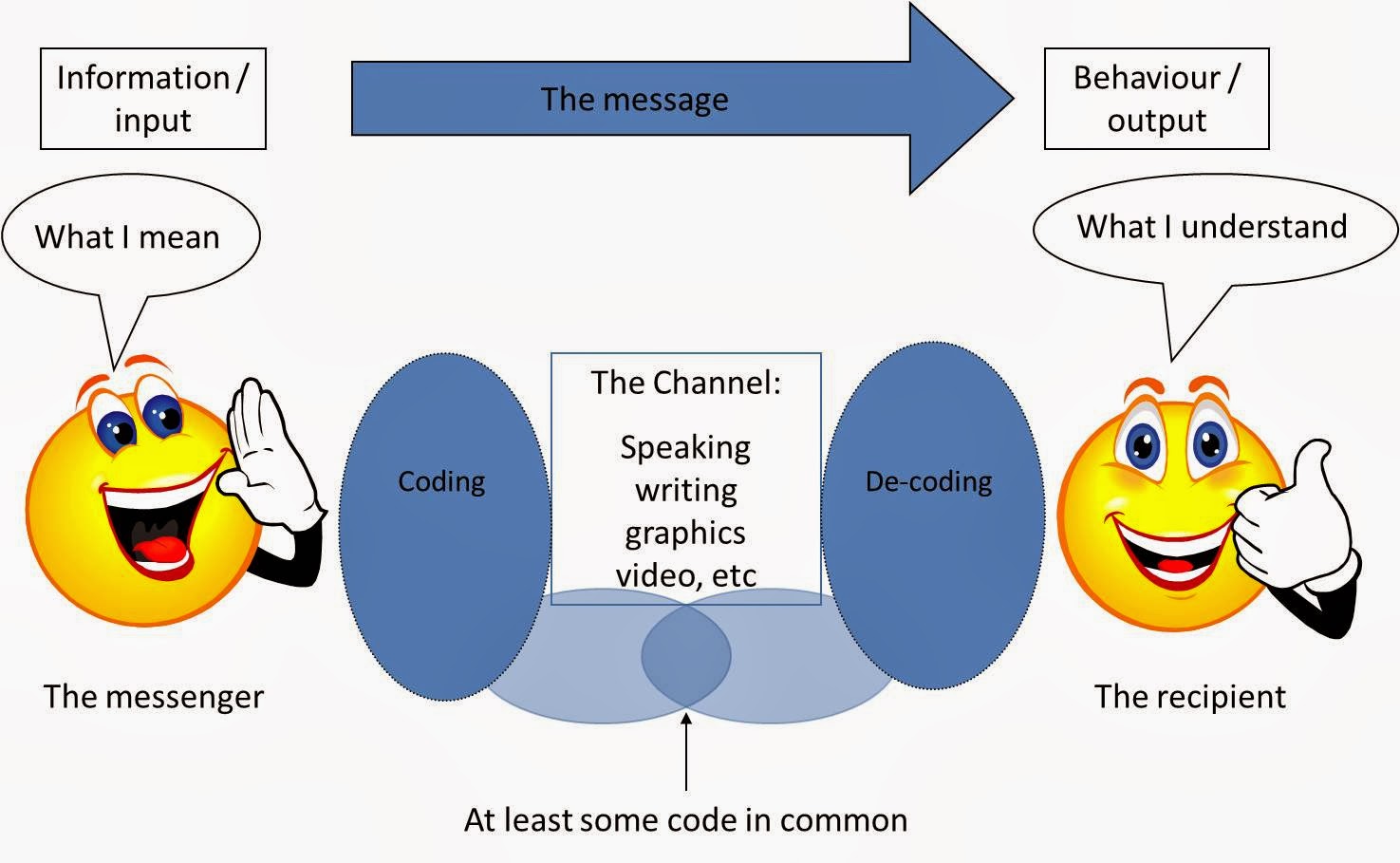Role of AI in Education: Revolutionizing Learning
This can be a Game-Changer!
1. Concept of Artificial Intelligence (AI)
AI refers to the simulation of human intelligence in machines, enabling them to perform tasks that traditionally require human cognition, such as problem-solving, decision-making, and learning.
Example: AI-powered systems like virtual assistants can help answer student queries and provide personalized feedback.
2. AI in India's National Education Policy (NEP) 2020
India's NEP 2020 recognizes the transformative potential of AI in education, aiming to enhance learning experiences and make education more accessible, personalized, and efficient.
3. Key Recommendations of NEP 2020 for AI in Education
- Personalized Learning: AI can create customized learning paths tailored to individual students' needs.
- Teacher and Student Support: AI can assist teachers in delivering lessons and providing personalized learning experiences to students.
- Assessment: AI can automate evaluations, making the process faster and more accurate.
- Content Development: AI can assist in developing educational content that is adaptable to different learning styles and preferences.
- Language Translation: AI supports multilingual education by translating content into various languages.
- Accessibility: AI can provide learning opportunities for students with disabilities through adaptive technologies.
- Data Analytics: AI can analyze student performance data, helping teachers make informed decisions.
4. Overcoming Fears about AI in Education
Many fear that AI will replace teachers, but the reality is different. AI is designed to complement and empower educators, automating repetitive tasks so that teachers can focus on enhancing teaching effectiveness and student learning outcomes.
Example: AI tools can automate grading and attendance, allowing teachers to spend more time on interactive learning.
5. Why AI in Education?
AI plays a crucial role in improving education by enabling:
A. Personalization of Learning Experiences
AI enables personalized learning by adapting content, pace, and learning strategies to suit individual student needs, enhancing engagement and outcomes.
Real-life Example: Newsela adjusts the reading level of current event articles based on the student's reading ability, improving comprehension and engagement.
B. Increased Accessibility
AI makes education more accessible, especially for students with disabilities, by providing tools that tailor learning to their specific needs.
Real-life Example: Google's Project Euphonia helps people with speech impairments communicate, making digital content more accessible.
C. Enhancing Efficiency and Productivity
AI automates routine tasks like grading, attendance tracking, and curriculum planning, allowing teachers to focus on instruction and student support.
Real-life Example: Knewton provides an AI-powered platform for automated grading, significantly reducing the teacher's workload.
D. Data-Driven Decision Making
AI offers insights into student performance through data analysis, helping educators make informed decisions to improve outcomes.
Real-life Example: Georgia State University uses AI to analyze student data and identify those at risk, improving graduation rates.
E. Improving Engagement with Interactive Learning
AI-powered tools enhance student engagement through immersive learning experiences like gamification, simulations, and virtual reality.
Real-life Example: Querium's StepWise virtual tutor uses AI to provide step-by-step coaching in STEM subjects, making learning more interactive.
F. Breaking Language Barriers
AI helps in language learning and provides multilingual support, breaking down barriers and allowing students from diverse linguistic backgrounds to access quality education.
Real-life Example: Duolingo uses AI to offer personalized language learning experiences, supports multiple languages, and bridges language gaps.
G. Supporting Continuous Learning and Professional Development
AI promotes lifelong learning by offering personalized professional development resources for educators and learners, keeping skills relevant in a rapidly evolving world.
Real-life Example: LinkedIn Learning uses AI to recommend courses based on users' job roles and skills, supporting continuous professional growth.
6. How to Integrate AI in Education
A. Personalized Learning Paths
AI analyzes student data to create personalized study plans that adapt to each student's learning style, strengths, and weaknesses.
Real-life Example: DreamBox Learning provides personalized math lessons that adjust in real-time to meet student needs.
B. Intelligent Tutoring Systems
These systems simulate one-on-one interactions between students and virtual tutors, providing personalized feedback and guidance.
Real-life Example: Carnegie Learning's MATHia offers real-time feedback and personalized tutoring, mimicking human tutors' support.
C. Automating Administrative Tasks
AI can handle administrative duties such as grading, attendance, and admissions processes, enabling educators to focus more on teaching.
Real-life Example: Gradescope is an AI-powered tool that helps teachers grade assignments quickly and consistently, adapting to various grading styles.
D. Supporting Students with Disabilities
AI offers adaptive tools, such as speech recognition and text-to-speech technologies, to enhance the learning experience of students with disabilities.
Real-life Example: Microsoft's Learning Tools use AI to improve reading comprehension for students with dyslexia, providing text decoding and immersive reading solutions.
E. Virtual and Augmented Reality for Immersive Learning
AI-powered virtual and augmented reality (VR and AR) offer immersive learning experiences, simulating real-world scenarios to enhance understanding.
Real-life Example: Labster's Virtual Labs use AI to simulate science experiments, allowing students to conduct experiments virtually that would be unsafe or impractical in a traditional classroom.
F. Continuous Professional Development for Educators
AI offers personalized learning opportunities for teachers, keeping them updated on the latest educational technologies and teaching methods.
Real-life Example: Platforms like Coursera, EdX, and FutureLearn use AI to recommend courses for educators, helping them stay current with industry trends.
7. Best AI Tools for Educators
- Turnitin: AI-powered plagiarism detection and writing feedback.
- Knewton: Personalizes educational content based on student learning patterns.
- Carnegie Learning: Provides AI-driven personalized math education.
- ChatGPT: Assists in creating content and answering queries for educational purposes.
- ALEKS: Offers personalized tutoring in mathematics and science.
- EduBrite: A Learning Management System that provides personalized learning experiences.
- Watson Education by IBM: Provides insights into student learning and performance.
Conclusion
AI is a powerful tool that, when integrated thoughtfully, can transform education by enhancing personalization, improving accessibility, automating administrative tasks, and fostering innovation in teaching methods. Educators should embrace AI as a support system to complement their teaching, empowering both students and teachers to achieve better learning outcomes.
- Get link
- X
- Other Apps



Comments
Post a Comment